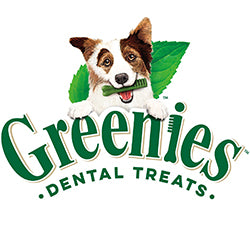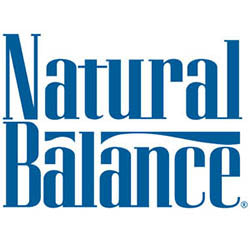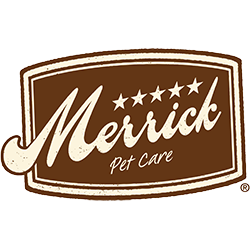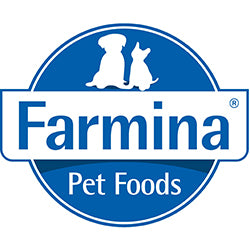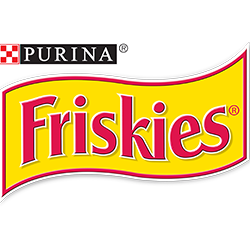
Best ways to pet-proof your home
Pets are integral parts of our families, offering companionship, unconditional love, and even a few laughs. However, they also come with curiosity, energy, and a knack for getting into things they shouldn't. This means we need to ensure our homes are not only pet-friendly but also pet-proof. A pet-proof home is essential for the safety of our beloved animals and our peace of mind. Here's a comprehensive guide to pet-proofing your home.
Know Your Pet
Every pet is unique, so pet-proofing starts with understanding your pet's behaviors, tendencies, and characteristics. Are they climbers or diggers? Are they chewers? What are their sizes, breeds, and ages? Understanding your pet is critical to identifying potential hazards and areas of concern in your home.
Food and Plants
Many human foods are toxic to pets. Chocolate, caffeine, alcohol, grapes, raisins, onions, and garlic are among the most known foods that can be harmful to dogs and cats. Always store food out of reach and make sure garbage bins are secured.
Many plants are also poisonous to pets. Some of these include lilies, azaleas, and rhododendrons for cats, and sago palms, oleanders, and certain types of ivy for dogs. Ensure to research any new plant before bringing it into your home.
Secure Loose Objects
Pets, especially puppies and kittens, love to chew on things, and small objects can become choking hazards. Secure or remove items like loose wires, cords, and small decor. Also, keep things like shoes, children's toys, and remote controls out of reach.
Medications and Cleaning Supplies
Many common household medications and cleaning supplies can be harmful or fatal to pets. Always keep medicines and cleaning products in secured cabinets. Also, avoid using cleaning products with strong chemicals when pets are present.
Pet-Safe Furniture
Opt for furniture that is durable and easy to clean. Also, avoid furniture with sharp corners or loose parts that could harm your pet.
Bathroom and Laundry Area
Ensure toilet lids are kept down to prevent pets from drinking from the toilet. Keep all laundry detergents, fabric softeners, and other laundry supplies out of reach. Also, ensure washer and dryer doors are kept closed to prevent curious pets from climbing inside.
Secure Windows and Balconies
Pets can be seriously injured by falling from windows or balconies. Install secure screens on windows, and never leave your pet unattended on a balcony.
Outdoor Areas
If you have a backyard or garden, make sure it is securely fenced, and there are no toxic plants, fertilizers, or pesticides. Ensure there's adequate shade and water available if your pet spends time outside.
Train Your Pet
Training is an essential aspect of pet-proofing your home. Teach your pets what is off-limits and ensure they know commands like "leave it" or "drop it."
Pet-Proofing Essentials
There are products designed to help pet-proof your home, such as pet gates, bitter-tasting chew deterrents, cord protectors, and cabinet locks.
Pet Emergency Plan
Despite our best efforts, accidents can still happen. Have a pet emergency plan that includes information to a phone number or email for your vet and a local emergency vet clinic. Pet first aid kit in your apartment or house and know the basics of pet first aid.
In conclusion, pet-proofing is about creating a safe and pet-friendly environment. It requires ongoing vigilance, but the reward is the well-being and safety of our furry friends. By pet-proofing, we can ensure our homes are safe havens where our pets can live, play, and explore without risk, and we can enjoy peace of mind knowing they're safe. So, invest time and effort into pet-proofing, because the health and joy of our pets are well worth it.
- Choosing a selection results in a full page refresh.




